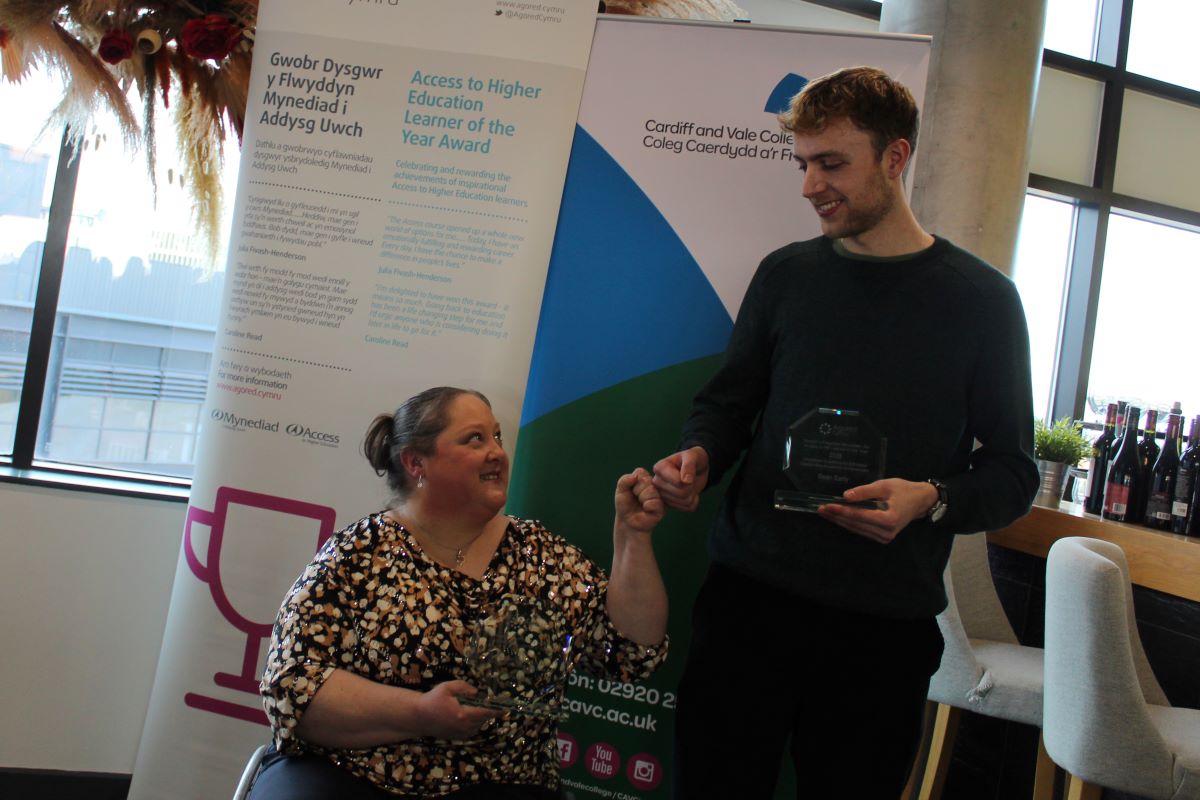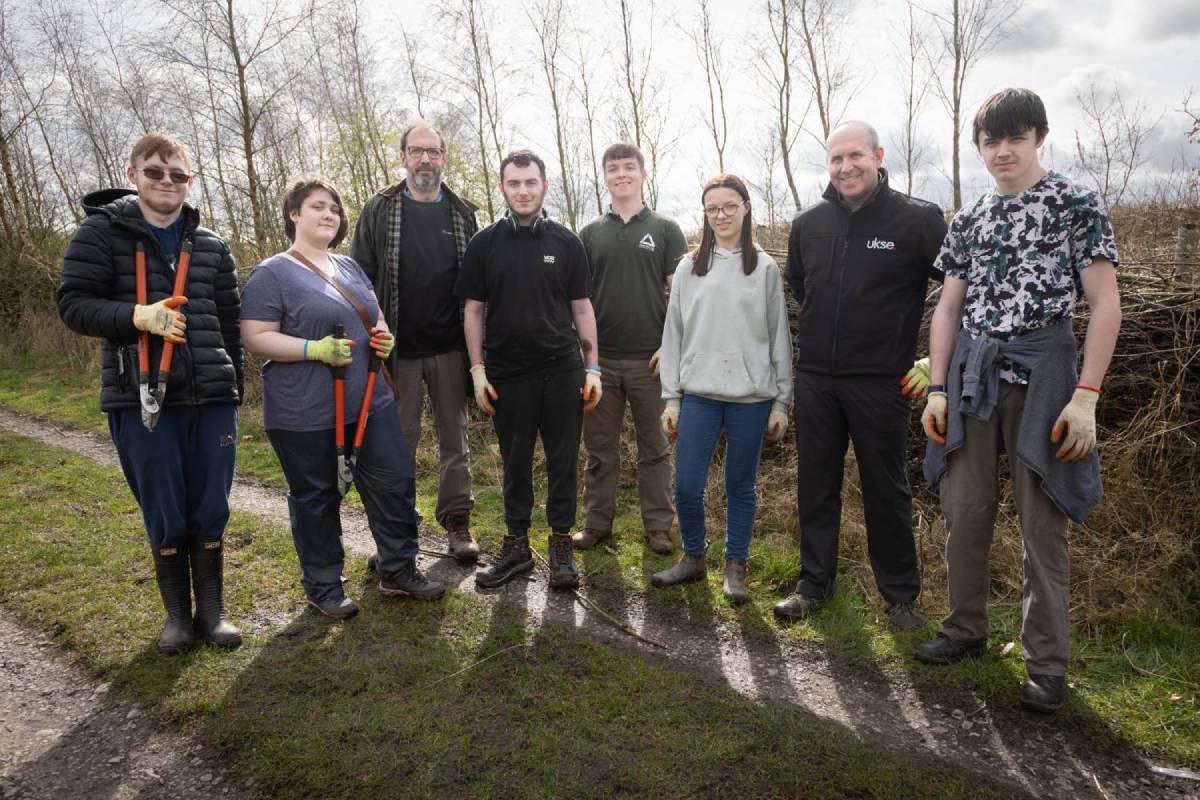Cost of living rise sees 96% of students cutting back

A third of students are living on less than £50 a month after paying rent and bills, as the cost of living continues to soar. New research by the National Union of Students (NUS) has found that 96% are cutting back as a result of the crisis.
A survey of 3,500 university students, college students and apprentices across the UK has revealed that more than one in ten are accessing food banks, and an increasing number are turning to their savings, credit cards and bank loans.
The survey suggests the crisis is having a devastating impact on wellbeing, with 92% of students reporting an impact on their mental health, and 31% reporting this to be a ‘major’ impact.
While the survey paints a clear picture of students’ struggles, only 20% of respondents say they have received any sort of support from the UK Government or their devolved government, and just 8% think their government is doing enough to support them.
Most students said the value of their maintenance package is not enough to afford the weekly shop, transport to their education provider or energy bills. The data also highlights a cost-of-learning crisis, with 75% of students saying they would not be able to continue to afford course materials without more support.
The survey was also taken by more than 500 apprentices, for whom the minimum wage is as low as £4.81 an hour. Most apprentices said the apprentice wage will not be sufficient to cover the cost of living and accessing their education.
In the absence of adequate support, 83% of students have sought financial support by other means; a third are using credit cards, 24% have turned to buy now, pay later credit schemes, and 12% have taken out bank loans. While 53% of students have turned to their families and friends for financial support and 40% have reached out to them for loans, a third say the cost-of-living crisis has impacted those who support them.
In addition, 11% of students are accessing food banks, up from 5% in January 2022, reflecting the rapid increase in inflation in the first half of the year.
Amongst the hardest hit by the cost-of-living crisis are students with caring responsibilities, disabled students, estranged students, and students from a low socio-economic background.
An NUS spokesperson said:
“Huge increases in the price of bills, food and living costs coupled with soaring rent has students on the brink. We’re hearing from students struggling to get by, who can’t afford to do their laundry and are cutting back on showers to make ends meet. They can’t even cover the cost of getting to the library or classes.
“This is having a severe impact on their mental health, being kept awake at night due to finances. We’re seeing stress and anxiety piling on them from bouncing debt between different cards to stay afloat. Despite all of this students are being completely ignored by the government. These findings are bleak; we’re knee deep in a cost-of-learning crisis that will affect the poorest students the hardest.
“We are calling on the UK Government to put in place a tailored cost of living support package for students as a matter of urgency. We also need to ensure that the student maintenance package and the apprentice minimum wage are brought in line with the Living Wage.”












Responses